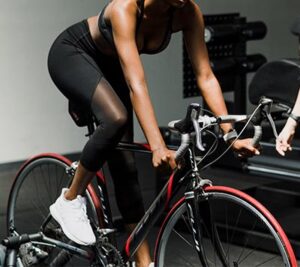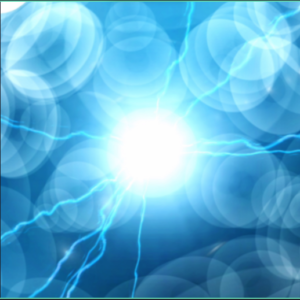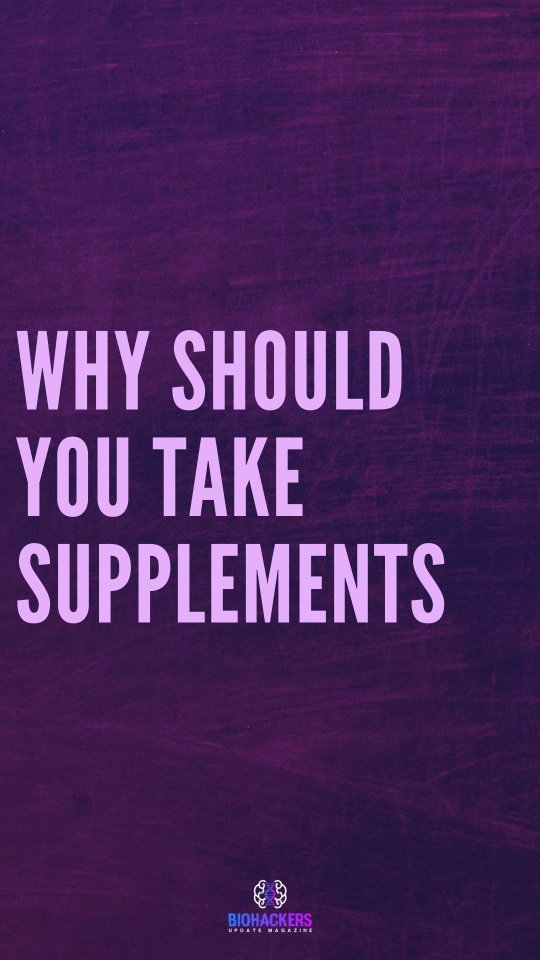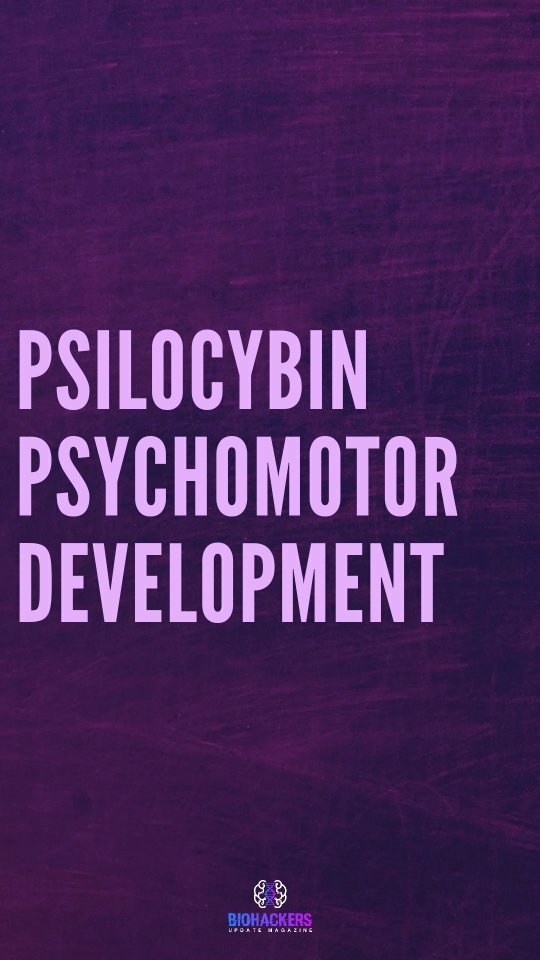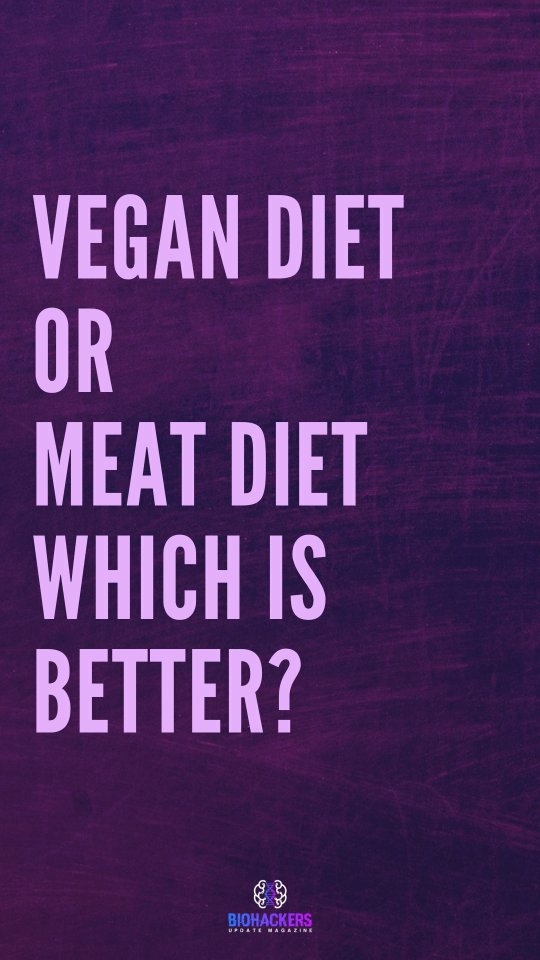The Cold, given its potential to strengthen the immune system, boost fat burning, shield the nerves, improve sleep quality, reduce pain, regulate blood sugar levels and much more, is the loving friend that we all need now in our lives. These times require a strong immune system, which made me think of an old hobby of mine: “cold running”. In this article, I share a memorable cold running story of mine and tell you about three different Nobel Prize-winning methods I use every day to make myself stronger against diseases. This story took place three years ago on Finnish Independence Day.

We started our journey from my home at 11:45 am, fueled only by some coffee, Polyporus tea and raw chocolate as nourishment before heading out. There’s not a huge spike in our blood sugar levels and we still enjoy the autophagy (“self-devouring”; regulated mechanism of the cell that removes unnecessary or dysfunctional components) going on inside our cells. By the way, the award of the 2016 Nobel Prize in Physiology or Medicine went to a Japanese autophagy researcher Yoshinori Ohsumi
The body gets an amazing stimulus from the cold air so that my mind can also concentrate on the essentials: the company and the view that a 100-year-old Finland can certainly provide. The first people we encounter after a few kilometres of running reveal that our shenanigans are not considered normal by the other people. At that moment I can’t fathom that kind of thinking as my pineal gland has begun to produce huge amounts of ‘happy hormones’ and I am feeling almost immortal. We say that we live in the north but how many of us really expose ourselves to the northern conditions? We have steady 21-degree centigrades in our houses and when we need to leave the house we put on puffy jackets and walk straight into our heated car to take ourselves to our destination. Sound familiar? How should our bodies know that we live in the north? There is no built-in GPS in our bodies.
“Put some clothes on, for heaven’s sake! You’ll catch a cold!” … “Don’t you think that you are a little underdressed for this weather?” We’ve all heard these remarks from some family members. Ninety per cent of the passers-by had these or similar remarks about our clothing but I didn’t heed their advice. My friend cleverly always retorted to them “As long as you stay moving, there’s no danger”. We know that these comments come from a good place, but sometimes to grow, you have to challenge yourself. Everybody knows that one person catches a cold very easily. Have you noticed how they always dress so warm and even wear woolly socks in bed during summer? In theory, they live in a “southern” climate and they catch a cold because of that! To them, our cold running trip could be fatal. I can’t even remember the last time I caught a cold or I was down with a fever because my body is truly acclimated to the cold. I have been taking fairly regular dips in a hole in the ice or in cold plunge pools for nearly a decade. I can stay in 6-degree centigrade water (42.8 Fahrenheit) for 21 minutes. Water conducts heat (or cold in this case) four times faster than air due to the molecule density of water. So, I have been training my cold tolerance and my body’s thermogenic ability quite a bit. And it’s easy! Just expose yourself to cold in increasing amounts.
A good example of people who have a good tolerance of cold is the homeless; usually, alcohol-ridden people who have spent their days and nights all year round outside exposed to the weather conditions. Their blood circulation on the surface of the skin is boosted thanks to the survival mechanisms of the body and alcohol. There is some evidence that alcoholics have greater amounts of brown adipose tissue (BAT), which can produce heat without vibrating (cf. muscle). BAT is extremely good for your body: it burns calories while you are exposed to the cold! BAT can also be found in animals that hibernate.
Now our journey is nearing a halfway mark as we spot my parents’ holiday home; a typical Finnish summer cottage. We had decided in advance to take a dip in a hole in the ice when we arrived. When we reach the cottage, the mood is elevated and I am even sweating.; mostly on my back, as the cold air cannot reach there so easily. We run into the ice water almost immediately, as this is something new for both of us, combining cold running into a dip into the icy water. We are hoping that the generated heat from the run will help us in our experience. And it did exactly that! We didn’t stay very long in the water and didn’t experience any shock from the frigid pool. The actual process was a relatively easy new feature for us. We dried ourselves and then I noticed that the heat escaped from the extremities to secure the function of core organs.
 This is a completely normal process when your body fights against cold exposure. We continued our trip back to my place. The first kilometre running back feels similar to the beginning of our journey but then the warmth spreads across my body and my mind – I feel so euphoric that the colours intensify and I feel every ray of light caress my exposed body that has been energized by the cold and the sun. At this point, we get excited to take photos of the scenery, perhaps to prolong the unique experience of being part of northern nature. I think out loud, “The human body is so amazing, so adaptable!” My friend, who has been able to stay over half an hour in a cold plunge pool, replies “The body is as amazing as it wants to be, it only needs challenges”. Both of us give a little smile and it feels as if we were the first people to invent an aeroplane while everybody else is warning that we’ll end up as flat as pancakes. No way, we’re flying.
This is a completely normal process when your body fights against cold exposure. We continued our trip back to my place. The first kilometre running back feels similar to the beginning of our journey but then the warmth spreads across my body and my mind – I feel so euphoric that the colours intensify and I feel every ray of light caress my exposed body that has been energized by the cold and the sun. At this point, we get excited to take photos of the scenery, perhaps to prolong the unique experience of being part of northern nature. I think out loud, “The human body is so amazing, so adaptable!” My friend, who has been able to stay over half an hour in a cold plunge pool, replies “The body is as amazing as it wants to be, it only needs challenges”. Both of us give a little smile and it feels as if we were the first people to invent an aeroplane while everybody else is warning that we’ll end up as flat as pancakes. No way, we’re flying.
We reached my house after a two and half hours journey and we put the kettle on. We cycle through the photos that we took during the trip as we ease into a chair. It’s only after the warmth of the tea and house that we notice our bodies are really tired and weary. It was like the warm tea had given permission to our bodies, saying, “No worries, old buddy. It’s my turn to keep you warm again”. I buried myself under a blanket and I felt my body screaming for fuel. I burned twice the amount of calories on that trip. I just had two sandwiches and at 2 pm, I am ready for a nap. “Flying” requires much more fuel than driving a car.
So, that is one of my favourite wintertime hobbies still today, however, nowadays I have added another Nobel Prize-winning technique into my repertoire: The Wim Hof Method (WHM for short). Now the method itself didn’t win the prize but it uses the same complex cascade of processes involved. If you want to dive into the scientific papers behind it, Google ‘Nobel Prize 2019’ or ‘hormetic hypoxia’. In a nutshell, with the breathing exercises, you vary your oxygen levels and once you reach hypoxia (low levels of O2), your kidneys start producing erythropoietin (EPO). EPO itself increases the production of oxygen-carrying red blood cells. In turn, increased levels of red blood cells affect O2 availability in the body because red blood cells are responsible for the transport of O2 from the lungs to all body tissues. (This is also why some endurance athletes use EPO for doping— it increases their supply of oxygen-carrying red blood cells). Now I ask you, can you see the way this could be possibly helpful to all of us?
The 2014 Radboud study showed that WHM practice upregulates your immunity by increasing the production of white blood cells and B-lymphocytes. These are the little critters that protect you from foreign marauders such as viruses. WHM practice won’t keep COVID-19 from invading your body, but a strengthened immune system means a bigger arsenal to combat the infection, and therefore fewer and less severe symptoms.
Now, if you’re not feeling too well, and you’re looking to use the Wim Hof Method to fight off the infection, do not do the cold training parts of the method. When you’re sick, your immune system has its hands full just fighting off the virus. If you then expose yourself to the cold, you add another stressor, forcing the immune system to divide its capacity and fight a war on two fronts. We all know how that worked out in the past.
JOONAS JAATINEN, D.N
Joonas’ interest in biohacking rose when he was in his teens and went to study evidence-based medicine for 4 years. Specialized in musculoskeletal problems, he has had his own clinic since 2014 but is still studying every day.

Subscribe For More Awesome Content
To receive the latest news and updates from the world of Biohacking.


